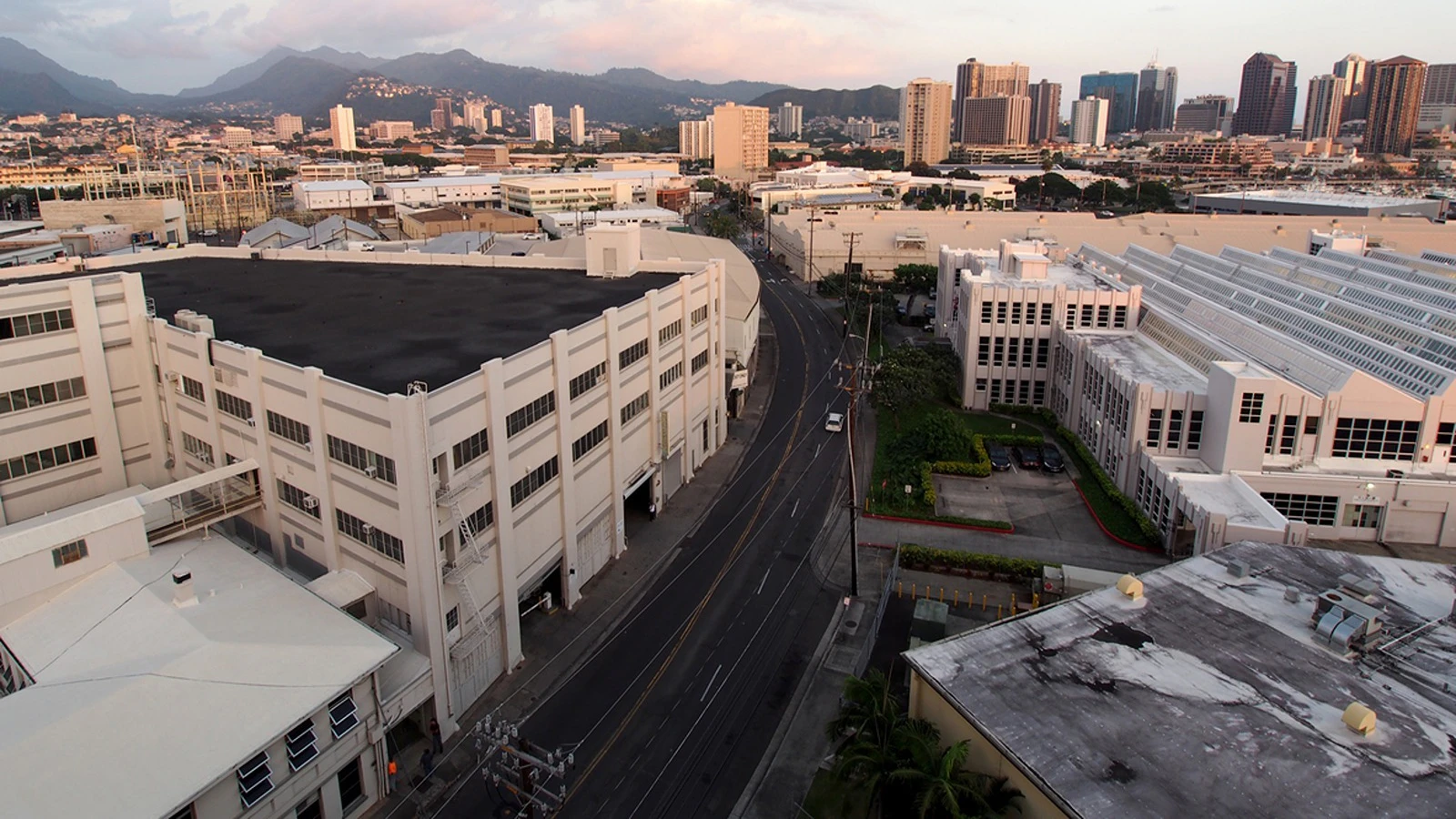Robert Pritchett’s home on the Lahaina waterfront stood for 90 years before being lost to the August 2023 wildfires. Now, he’s paying a mortgage on an empty lot and watching his resources drain away while waiting for permits and approvals to rebuild.
Similarly, the Stevens family built their shoreline home on Kai Pali Place in Lahaina 44 years ago, and it too was destroyed in the fires. They’ve applied for a Special Management Area permit to rebuild their destroyed home and are still waiting.
Likewise, Jenni Bishop’s modest 2,000-square-foot home on the makai side of Front Street was destroyed in the fires, and she also wants to rebuild what she had. Under the current SMA rules, however, she can rebuild only half the square footage.
These stories from legislative testimony aren’t unique. There are many more Maui residents within the SMA boundaries who simply want to be able to rebuild what they lost. Current SMA regulations make that extremely difficult, however, and local lawmakers have taken note.
Gov. Josh Green, for his part, has issued multiple emergency proclamations that include waivers for Lahaina residents seeking SMA permits, which normally can take years to obtain. But the issue needs to be solved permanently to provide certainty.
A bill that would address the problem is SB1296, approved on Thursday by the House Committee on Judiciary & Hawaiian Affairs. The goal now is for the bill to make it all the way to the governor’s desk for his approval, and the chances for that look pretty good.
Another proposal to help Maui’s rebuilding efforts is Bill 105, which was approved unanimously by the Maui County Council just yesterday and praised shortly afterward by Mayor Richard Bissen. [Editor's note — Mayor Bissen signed this bill into law this week.]
The measure will make it easier for county residents to restore nonconforming structures and uses destroyed by natural disasters. A “nonconforming” building is one that was once permitted but would be illegal if it were constructed the same way under current zoning code requirements.
The term also refers to how a building is used. For example, it might have been legal to be an ice cream shop or even a church, temple or synagogue when it first opened, but the location has since been rezoned to not allow that particular purpose.
Mayor Bissen issued a statement saying the passage of Bill 105 represented “a crucial step in helping our community rebuild stronger and with hope.”
He said the measure was “initiated by the [Maui] Planning Department and strongly supported by Councilmember [Tamara] Paltin,” and “for many, it will allow them to restore their homes as they were, building back the character that made Lahaina special.”
This, of course, is great news, but many bureaucratic barriers to Lahaina’s recovery remain. We must continue working to remove them.
I hope that in addition to SB1296 and Bill 105, state and county policymakers will enact even more reforms to help our Maui ohana rebuild, recover and — ultimately — once again thrive.
Keli‘i Akina, Ph.D. is president and CEO of Grassroot Institute of Hawai‘i. Reprinted with permission from Akina's March 25, 2025 newsletter.





